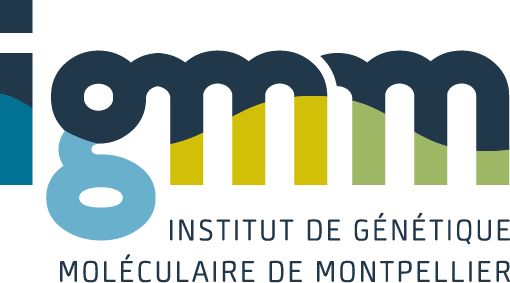In higher organisms, all cells share the same genome, but every cell expresses only a limited and specific set of genes that defines the cell type. During cell division, not only the genome, but also the cell type is inherited by the daughter cells. This intriguing phenomenon is achieved by a variety of processes that have been collectively termed epigenetics: the stable and inheritable changes in gene expression patterns. This article reviews the extremely rich and exquisitely multiscale physical mechanisms that govern the biological processes behind the initiation, spreading, and inheritance of epigenetic states. These include not only the changes in the molecular properties associated with the chemical modifications of DNA and histone proteins, such as methylation and acetylation, but also less conventional changes, typically in the physics that governs the three-dimensional organization of the genome in cell nuclei. Strikingly, to achieve stability and heritability of epigenetic states, cells take advantage of many different physical principles, such as the universal behavior of polymers and copolymers, the general features of dynamical systems, and the electrostatic and mechanical properties related to chemical modifications of DNA and histones. By putting the complex biological literature in this new light, the emerging picture is that a limited set of general physical rules play a key role in initiating, shaping, and transmitting this crucial « epigenetic landscape. » This new perspective not only allows one to rationalize the normal cellular functions, but also helps to understand the emergence of pathological states, in which the epigenetic landscape becomes dysfunctional.
The physics of epigenetics
Cortini, R.; Barbi, M.; Care, B. R.; Lavelle, C.; Lesne, A.; Mozziconacci, J.; Victor, J. M.
2016
Reviews of Modern Physics
2016-04-26 / vol 88
Abstract
ARTN 025002 10.1103/RevModPhys.88.025002
0034-6861
Étiquettes
DNA methylation patterns; embryonic stem-cells; gene-expression; genome-wide; histone tail domains; long-range interactions; nucleosome core particles; order chromatin-structure; polycomb group proteins; x-inactivation
